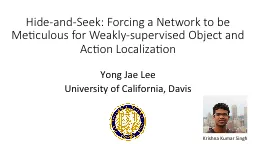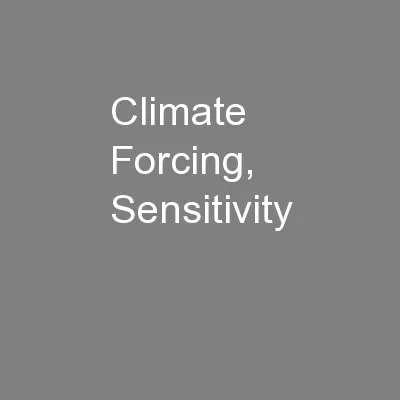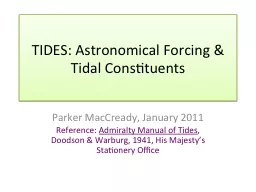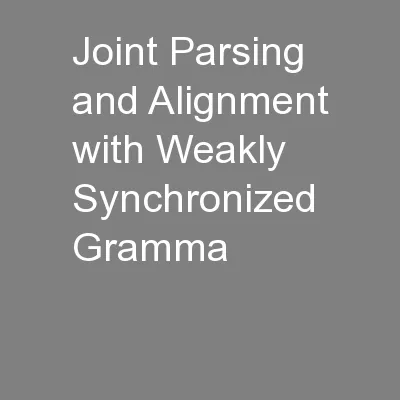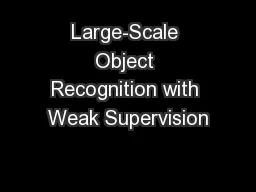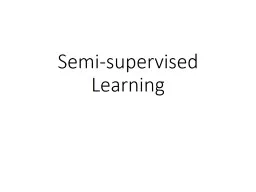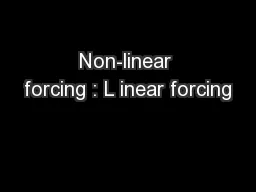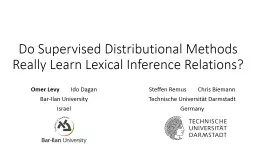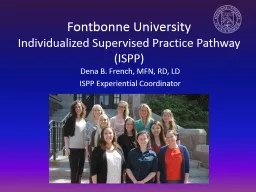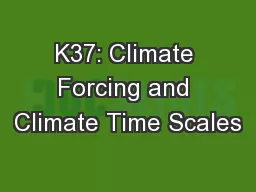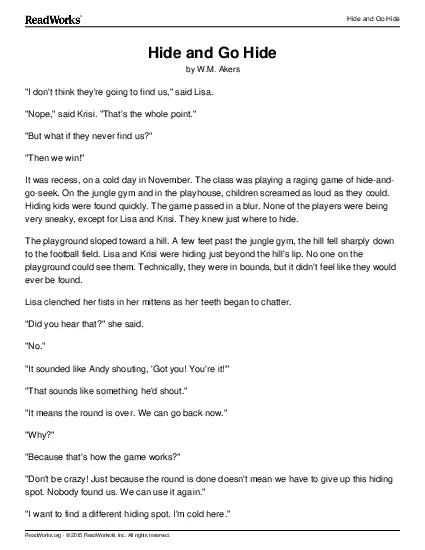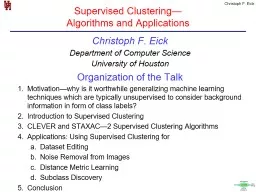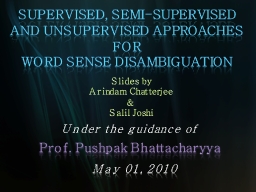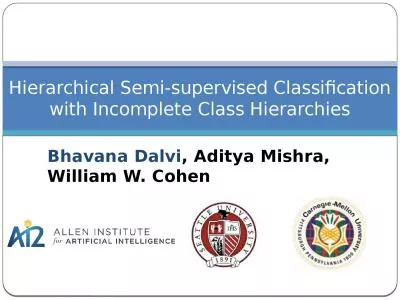PPT-Hide-and-Seek: Forcing a Network to be Meticulous for Weakly-supervised Object and Action
Author : natalia-silvester | Published Date : 2018-11-13
Krishna Kumar Singh Yong Jae Lee University of California Davis Standard supervised object detection Annotators Detection models car Felzenszwalb et al PAMI 2010
Presentation Embed Code
Download Presentation
Download Presentation The PPT/PDF document "Hide-and-Seek: Forcing a Network to be M..." is the property of its rightful owner. Permission is granted to download and print the materials on this website for personal, non-commercial use only, and to display it on your personal computer provided you do not modify the materials and that you retain all copyright notices contained in the materials. By downloading content from our website, you accept the terms of this agreement.
Hide-and-Seek: Forcing a Network to be Meticulous for Weakly-supervised Object and Action: Transcript
Download Rules Of Document
"Hide-and-Seek: Forcing a Network to be Meticulous for Weakly-supervised Object and Action"The content belongs to its owner. You may download and print it for personal use, without modification, and keep all copyright notices. By downloading, you agree to these terms.
Related Documents

